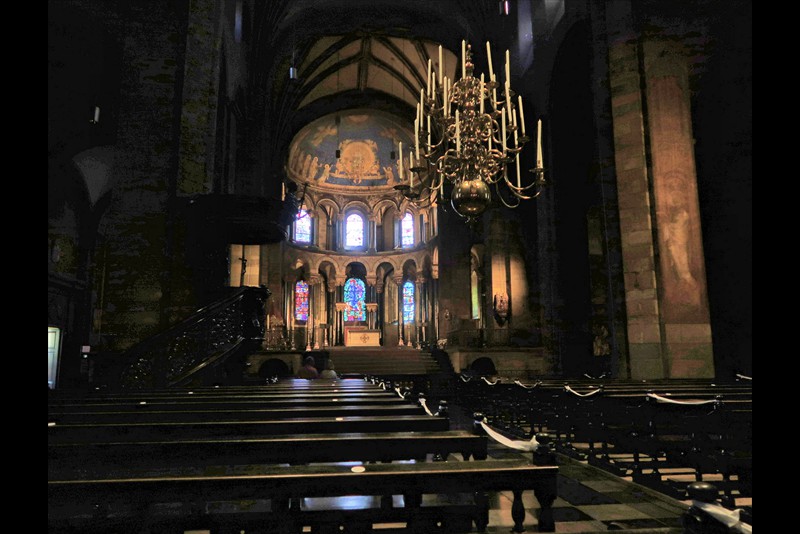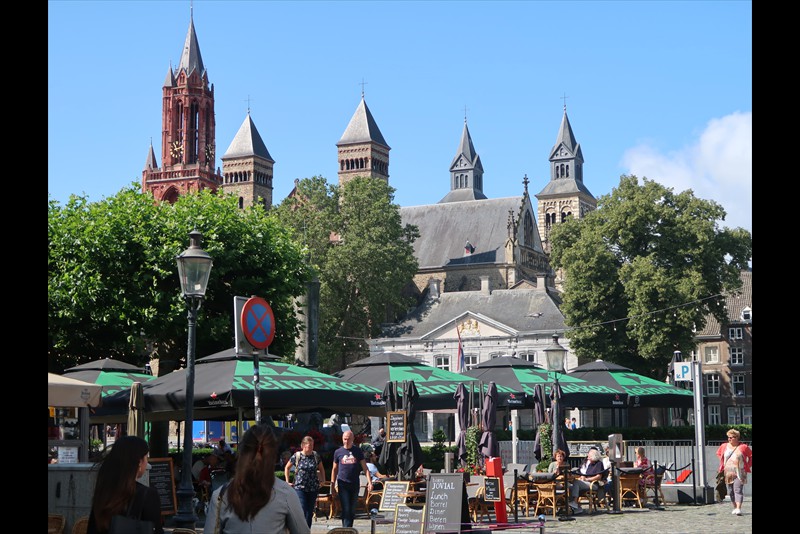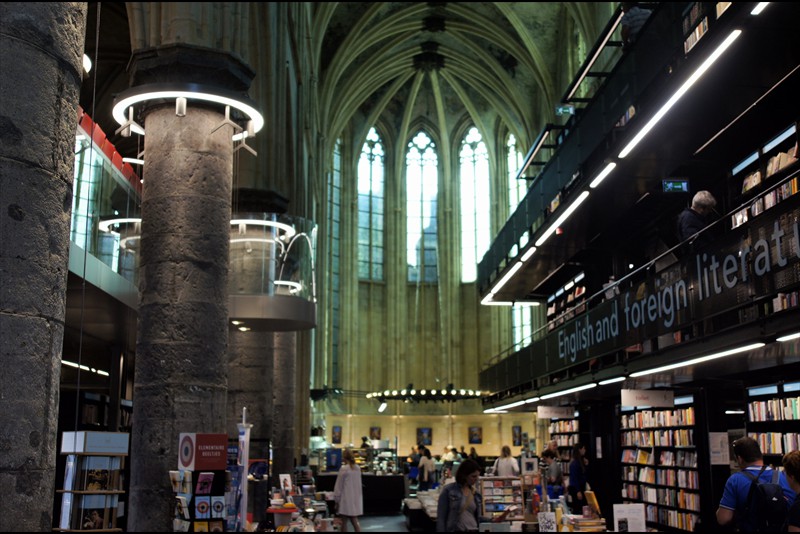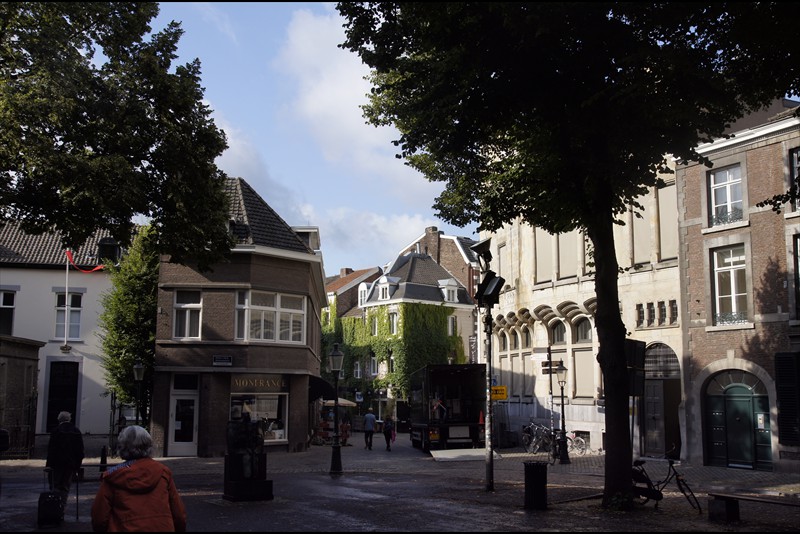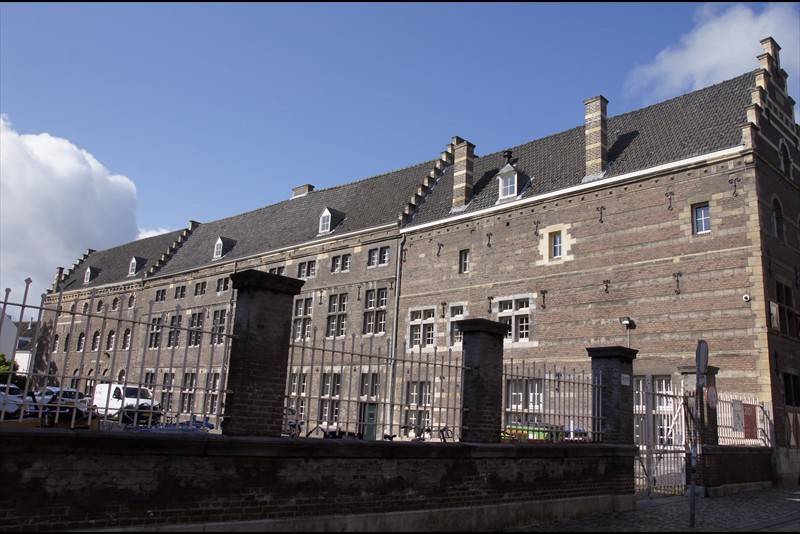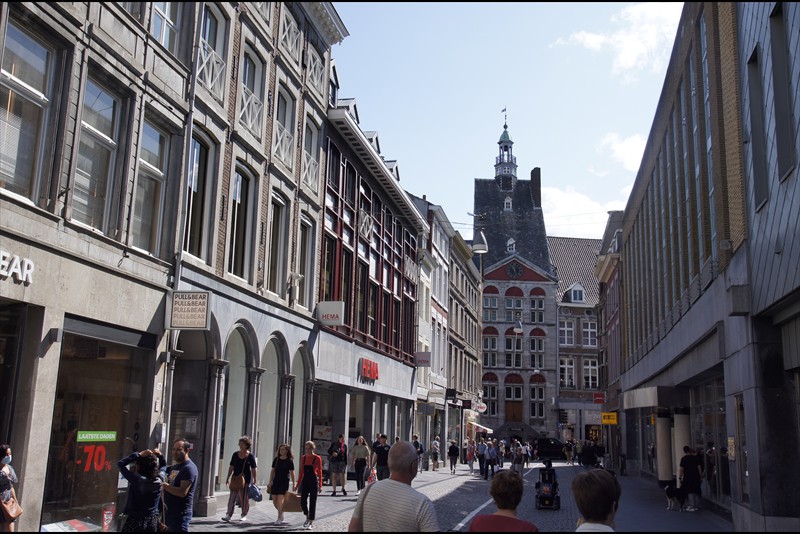Maastricht is a university city in the extreme south of the Netherlands. The city is characterised by its medieval architecture and lively cultural scene. The cobbled old town is home to the Gothic Church of St John (Sint Janskerk) and the Romanesque Basilica of St Servatius with its important collection of sacred art. A Romanesque stone bridge crosses the Meuse river, which flows through the city centre.
The Basilica of Our Lady
dates back to the 11th or 12th century. Construction of the westwork is thought to have begun around the year 1000, as its grey corner blocks originate from a Roman fort. The choir, transept and nave were built around the middle of the 12th century. The basilica initially had flat wooden ceilings. In the 15th century, it was given Gothic stone vaults, which were replaced in the 18th century.
The Basilica of Saint Servatius (Servaasbasiliek)
is a Romanesque church dedicated to St. Servatius, an Armenian missionary who died in Maastricht in 384 and is buried there. Because of the saint's grave and the numerous relics in the treasury, the basilica is a popular place of pilgrimage. The "Heiligdomsvaart" is a traditional pilgrimage that has taken place every seven years since the 14th century.
To the left is the Church of St John (Sint Janskerk) with its red tower.
The Vrijthof
is one of the most beautiful and largest squares in the city with St. John's Church and the Basilica of St. Servatius and lots of gastronomy.
The St. Servatius Bridge (Sint-Servaasbrug)
is a Romanesque stone bridge from the 13th century and one of Maastricht's most characteristic buildings.

Perhaps the most beautiful bookshop in the world
In the Dominikanerstraat 1 is the oldest Gothic church in the Netherlands. It houses a bookshop.
Views of the old town of Maastricht
Overview page River Cruise



